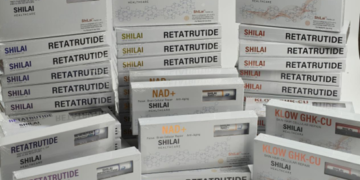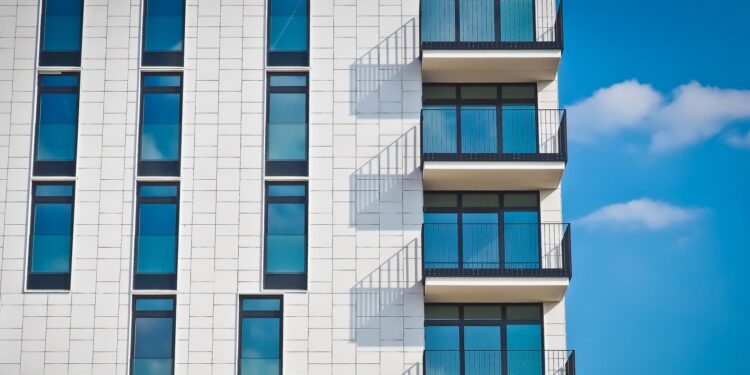A wise and insightful landlord will always ensure that he has adequate landlords insurance coverage for all his rental properties. In the unhappy event of major damage to a property and a loss of rental income, he knows he is not alone in his misfortune, and help and assistance are only a phone call away.
However, neither he nor his insurance company wants to face a string of claims for damage which could have been avoided by a schedule of regular inspections and a programme of maintenance and repair.
Landlord inspections can thus serve help to reduce the need for insurance claims by identifying and addressing potential problems before they cause damage. For example, a landlord inspection might identify faults or failures with the electrical systems, which could cause a fire if it is not fixed. Or, an inspection might reveal a stained ceiling indicative of a leaking roof, or a perforated storage tank, which could cause water damage if it is not repaired. By accurately identifying and promptly addressing these problems, landlords can effectively eradicate the need to make costly insurance claims.
Warning Signs
The appearance of damp patches and mould in the corners of rooms may indicate water ingress from outside the building, such as caused by overflowing gutters, damaged facias and crumbling mortar. A Further investigation would be necessary to ascertain if this was the case. Damp and mould are more like to be caused by condensation. Condensation forms naturally on cold surfaces as air borne water vapor condenses.
General activities such as washing, cooking and just breathing act to increase water vapour. This is not usually a problem with adequate ventilation. However, in this current economic situation, tenants may be somewhatreluctantto want to keep windows open as they struggle to maintain a comfortable living environment.
In addition, householders are continually encourage to do all they can to increase the insulation of their homes and take steps to reduce draughts, both of which only serve to exacerbate the problem. Furthermore, some tenets may even urn off their heating altogether, particularly in room they do not use on a daily basis, course of action which will encourage condensation.
It is especially noticeable on external walls, especially if wardrobes or other items of furniture have been placed directly in front of these walls. While this type of damage may not result in a major insurance claim, early action will prevent the situation getting worse. It will also serve to protect the tenants’ health and wellbeing.
Efficient and effective extraction fans in keys areas such as kitchens and bathrooms will do much to mitigate the damage caused by condensation.
More serious damage can be caused by aging and defective plumbing or leaking domestic appliances so these must be included in the inspection. Some leaks can go undetected for months and even years and in such cases the damage to the infrastructure of the property may be quite considerable. In this case, a subsequent claim will also be considerable. Again, regular inspections and early intervention will prevent this from happening.
To conclude
In addition, landlord inspectionscan help to build trust between landlords and tenants. When tenants know that their landlords are regularly inspecting their properties, they are more likely to feel confident that their landlords are taking care of their property and that they will be responsive to any problems that arise. This can lead to a more positive and mutually beneficial tenant-landlord relationship.
And finally, serve to build trust between landlords and their insurers. The insurers know that the landlords are taking a responsible and proactive approach to the regular maintenance and repair of their properties and the landlords know their insurers have their backs in a crisis.
Overall, landlord inspections can be a valuable tool for landlords who want to reduce the risk of insurance claims, ensure that tenants are complying with the terms of their leases, and build trust with their tenants.





























